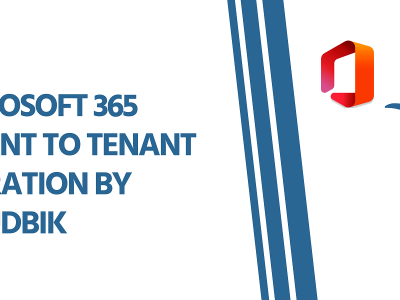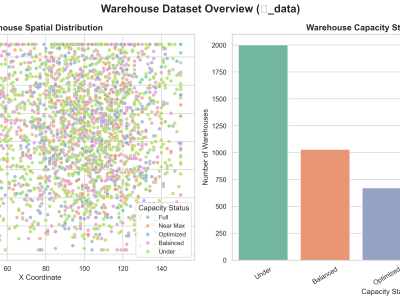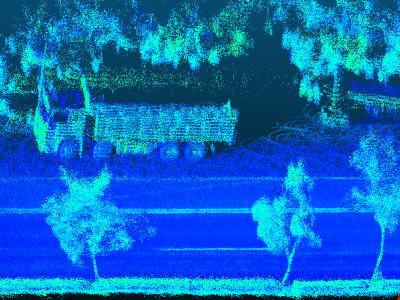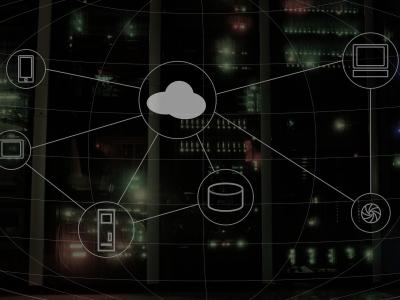
CloudBik's tenant to tenant migration service offers a comprehensive solution for organizations undergoing mergers, acquisitions, divestitures, or rebranding initiatives. Specializing in seamless transitions between Office 365 tenants, CloudBik ensures the secure and efficient migration of critical data components, including Exchange Online mailboxes, OneDrive for Business files, SharePoint sites, and Microsoft Teams configurations.
- Categories:






